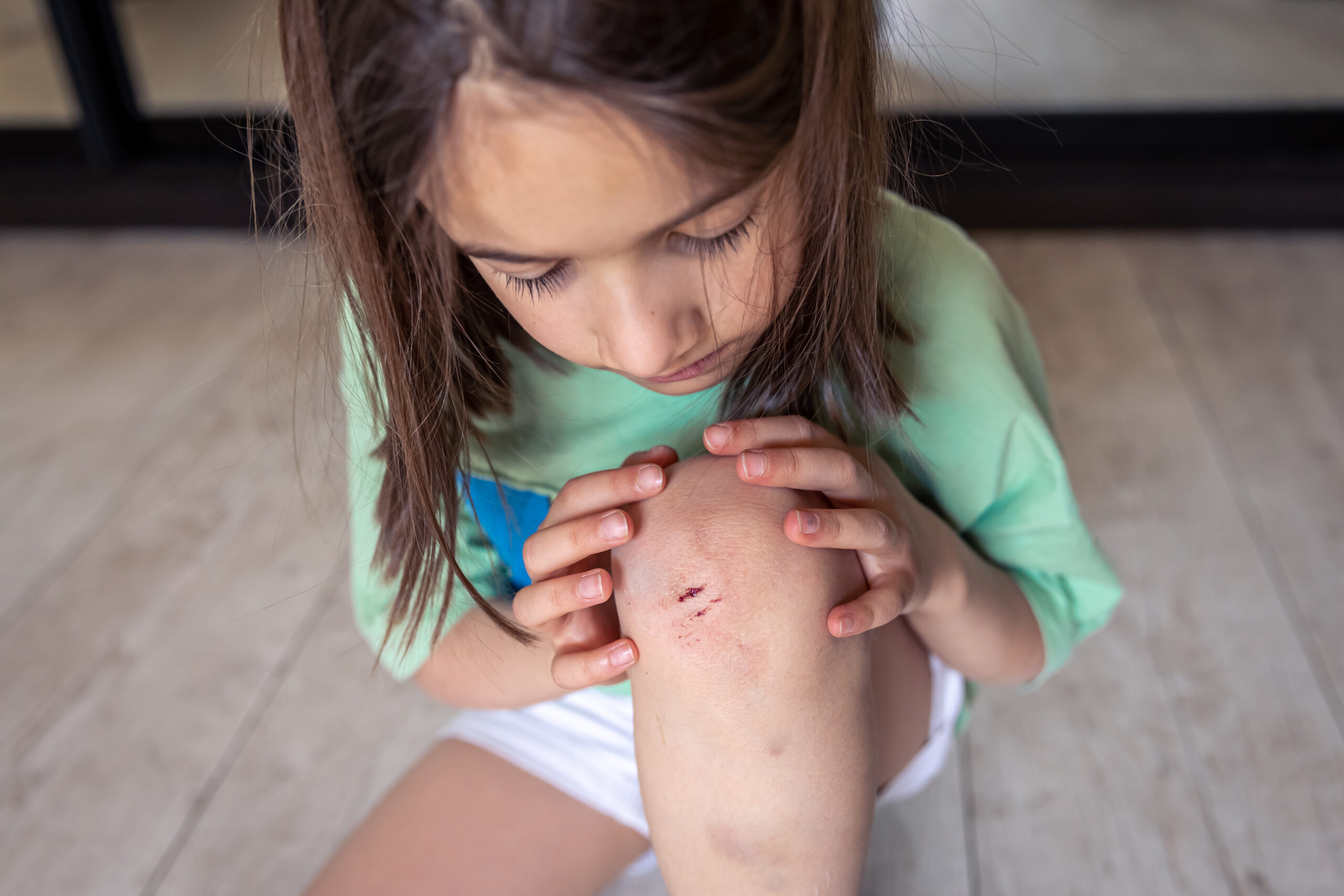How to Manage PICA Disorder in Children with Autism
Children with autism often exhibit a range of behaviors that can be challenging for parents and caregivers to understand and address. One such behavior is Pica, characterized by the persistent consumption of non-food items lacking nutritional value. Pica can be particularly concerning, as ingesting non-food items can lead to serious health risks. In this article, we’ll delve into the characteristics of Pica behavior in children with autism and provide nine effective strategies to manage this behavior and ensure the well-being of these children.
Understanding Pica Disorder in Children with Autism
Pica, the ingestion of non-food items, is not exclusive to children with autism, but it can be more prevalent in this population. Children with autism may engage in Pica behavior for various reasons, including sensory-seeking, stress or anxiety, communication challenges, or nutritional deficiencies. It’s essential to recognize the characteristics of Pica behavior to develop targeted strategies for managing it effectively.
Characteristics of Pica Behavior in Children with Autism
Children with autism who exhibit Pica behavior might:
- Constantly chew on objects such as toys, clothing, or pencils.
- Ingest non-food items like dirt, paper, cloth, chalk, or hair.
- Display this behavior as a response to changes in routine or overwhelming situations.
- Mistakenly ingest non-edible objects, thinking they are edible.
- Engage in Pica behavior due to sensory input or deficiencies.
- Ingest items like sand or small pieces of paper due to sensory-seeking tendencies.
Nine Strategies to Manage Pica Behavior in Children with Autism
Managing Pica behavior in children with autism requires a comprehensive approach that takes into account the underlying causes and addresses them through various interventions. Here are nine strategies to help manage Pica behavior effectively:
- Create a Safe Environment: Minimize access to non-food items by removing or securing potentially harmful objects. Ensure living and play areas are free from such objects to prevent ingestion.
- Provide Sensory Alternatives: Offer appropriate sensory alternatives like chewable toys or fidgets to satisfy sensory-seeking needs safely.
- Address Nutritional Deficiencies: Collaborate with a dietitian to ensure the child’s nutritional needs are met. A balanced diet and supplements if necessary can help reduce the desire to ingest non-food items.
- Use Social Stories and Visual Aids: Utilize social stories and visual schedules to teach the child what is acceptable to eat. Create charts with acceptable and unacceptable foods, using images and symbols for easy comprehension.
- Redirect and Distract: Gently redirect the child’s attention to a more appropriate activity or object when displaying Pica behavior. Provide distractors to shift focus away from non-food items.
- Provide Proper Supervision: Keep a close eye on the child to prevent engagement in this behavior and intervene when necessary.
- Address Anxiety and Stress: Implement strategies to help the child cope with anxiety, such as relaxation techniques or sensory breaks.
- Use Functional Communication Training: Teach the child alternative ways to communicate their needs and desires, reducing frustration and instances of the behavior.
- Consult Healthcare Professionals: Seek guidance from pediatricians, developmental specialists, or behavior analysts experienced in autism and Pica. Collaborate with caregivers and professionals across settings for consistent management.
Conclusion
Managing Pica behavior in children with autism requires a multi-faceted approach that considers the child’s sensory needs, nutritional requirements, and overall well-being. By creating a safe environment, providing sensory alternatives, addressing nutritional deficiencies, using visual aids, and collaborating with professionals, caregivers can effectively manage Pica behavior. Remember, each child is unique, so tailoring strategies to individual needs and regularly evaluating progress is essential. Promptly addressing Pica behavior can prevent serious health risks and promote a healthier, happier life for children with autism. If concerned, seeking professional help is crucial in ensuring the child’s safety and well-being.
Also read: Visual and Motor Stereotypy in Children with Autism
About Olga Sirbu
My name is Olga Sirbu, I am a Board Certified Behavior Analyst (BCBA) and Licensed Applied Behavioral Analyst. My goal is to support and empower families and individuals on the autism spectrum.
Autism Advance is dedicated to training parents and caregivers, providing practical tips, and teaching individuals how to educate kids with autism.
I share evidence-based practices to help you better understand and support individuals with autism. Learn practical strategies to help individuals with autism reach their full potential, as well as gain a deeper understanding and acceptance of autism.
Thank you for considering Autism Advance as a resource for your autism journey.








